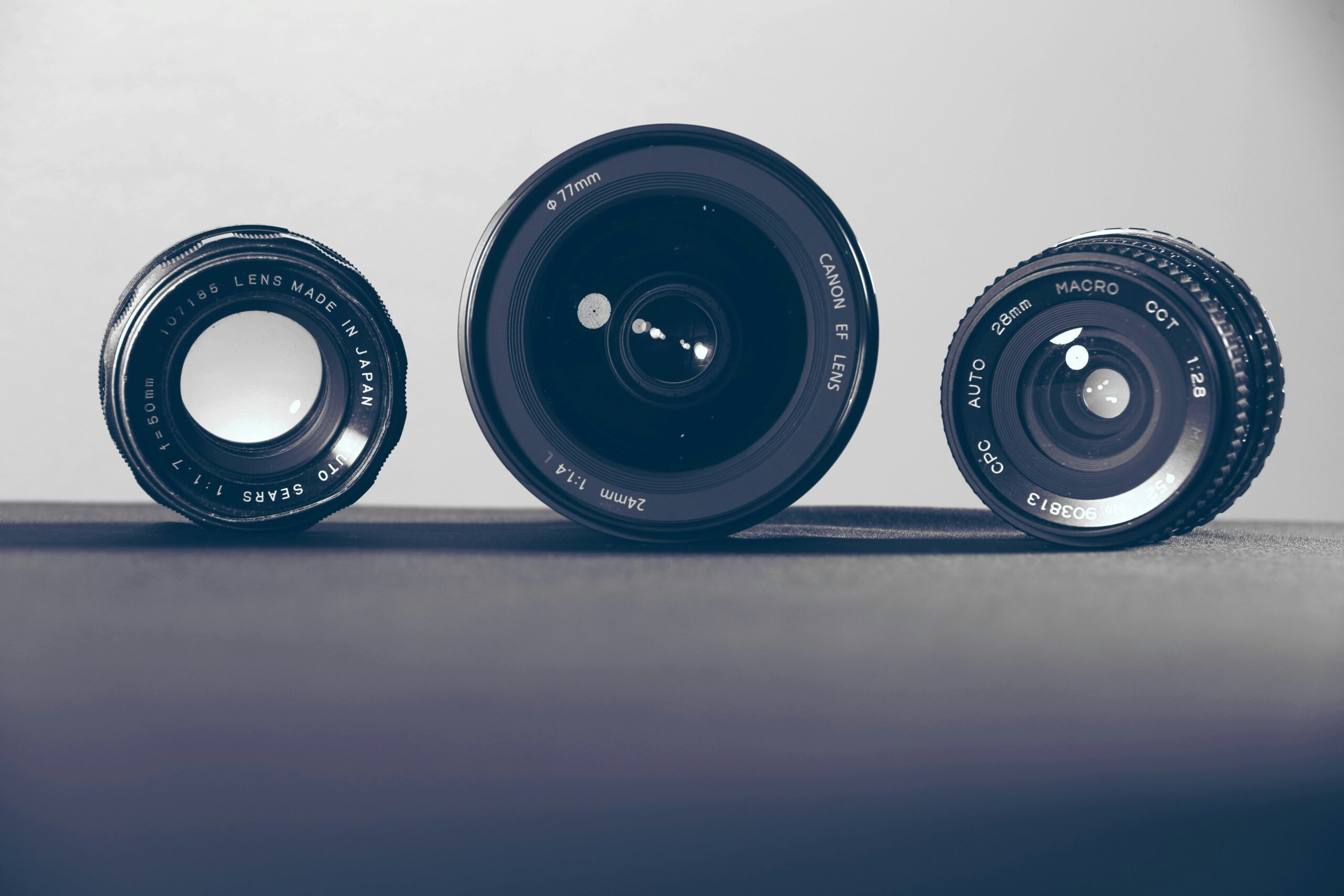If you’re venturing into the world of birdwatching, target shooting, or nature observation, choosing the right equipment is crucial. In “What Is The Difference Between Straight And Angled Spotting Scopes?”, you’ll uncover the unique characteristics and advantages of each type of scope. Straight spotting scopes offer a more intuitive and straightforward line of sight, making them ideal for locating and tracking moving subjects. Conversely, angled spotting scopes provide greater comfort during prolonged viewing sessions and make it easier to share the view with others. This article will help you understand the nuances between these two designs, empowering you to make a well-informed decision for your next outdoor adventure. Have you ever wondered what sets straight and angled spotting scopes apart? Whether you’re a birdwatcher, a hunter, or someone who simply enjoys the great outdoors, choosing the right spotting scope can make all the difference. You’ve probably asked yourself, “Should I go for a straight scope or an angled one?”
Your decision impacts comfort, usability, and even what you can see. But fret not! Let’s delve deep into the world of spotting scopes to help you make an informed choice.
What Is a Spotting Scope?
Before we dive into the specifics of straight and angled spotting scopes, let’s first understand what a spotting scope is. A spotting scope is a portable optic device designed for observing distant objects. Think of it as a combination of a telescope and binoculars, but more powerful and versatile.
Spotting scopes are particularly favored by birdwatchers, hunters, and nature enthusiasts. They offer greater magnification than binoculars while being more compact and portable than a telescope.
Straight Spotting Scopes
Design and Structure
A straight spotting scope has an eyepiece that aligns directly with the body of the scope. This design means that you look straight through the eyepiece to see your target.
Pros:
- Ease of Target Acquisition: Because you look straight through, it’s easier to find and track moving targets.
- Ideal for Ground-Level Viewing: Perfect for situations where you need to lie prone or look straight ahead.
- Compact and Easy to Store: Generally more straightforward to pack and store due to its linear design.
Cons:
- Strain on Neck and Back: May cause discomfort during prolonged use, especially when observing objects at high angles.
- Less Versatile: Not as adaptable for people of different heights or when the scope is mounted on a tripod.
Best Use Cases for Straight Spotting Scopes
- Hunting: Helpful for quick target acquisition.
- Birdwatching on Flat Terrains: Perfect for scanning the horizon.
- Sports: Ideal for watching games where you need to follow fast-moving action.

Angled Spotting Scopes
Design and Structure
The eyepiece of an angled spotting scope is set at a 45-degree or 90-degree angle to the body. This unique design allows for greater flexibility and ease of use in different observing situations.
Pros:
- Reduced Strain: Causes less neck and back strain, making long-term use more comfortable.
- Versatile Viewing Angles: Easier to look upwards or downwards, making it suitable for varied terrains and situations.
- People of Different Heights: More adaptable when multiple users are sharing the scope.
Cons:
- Learning Curve: May take a bit of practice to effectively line up with your target.
- Less Compact: Bulkier and can be more challenging to store or transport.
Best Use Cases for Angled Spotting Scopes
- Birdwatching: Excellent for spotting birds in trees or flying overhead.
- Astronomy: More comfortable for observing celestial objects.
- Group Use: Perfect for sharing among multiple users at different heights.
Key Differences Between Straight and Angled Spotting Scopes
Comfort and Ergonomics
Comfort is a major factor that sets straight and angled spotting scopes apart. With a straight spotting scope, you might find yourself constantly adjusting your body, especially when objects are at different heights. On the other hand, an angled spotting scope relieves some of this strain, allowing you to observe more comfortably for extended periods.
Versatility
When it comes to versatility, angled spotting scopes often come out ahead. Imagine you’re birdwatching with a group of friends, each of varying heights. An angled spotting scope allows everyone to look through the eyepiece comfortably without having to adjust the tripod constantly.
Ease of Use
Let’s not forget the ease of use. If you’re someone who wants quick and straightforward target acquisition, especially in situations requiring rapid action (like hunting), a straight spotting scope might be your best bet. Angled spotting scopes, while versatile, do require a bit of practice to get used to.
Portability
Straight spotting scopes are generally easier to pack and transport due to their linear design. Contrarily, angled scopes can be bulkier but offer more benefits in usage and comfort.
Comparison Table
Here’s a quick comparison to summarize the key differences:
| Feature | Straight Spotting Scope | Angled Spotting Scope |
|---|---|---|
| Comfort | Can cause neck and back strain over time | More comfortable for prolonged use |
| Versatility | Less versatile, best for ground-level viewing | Highly versatile, easily used at various angles |
| Ease of Use | Quick target acquisition, straightforward | Requires practice, flexible for different users |
| Portability | More compact, easier to store and transport | Bulkier but offers more benefits in usability |
| Best For | Hunting, sports, flat terrains | Birdwatching, astronomy, group use |

How to Choose the Right Spotting Scope for You
Assess Your Needs
First and foremost, think about what you’ll primarily be using the spotting scope for. If you’re an avid birdwatcher, an angled scope might be your best option. However, if hunting or watching sports is your passion, a straight scope may serve you better.
Comfort and Usability
Consider how long and how often you’ll be using the spotting scope. If prolonged observation is on your agenda, the added comfort of an angled spotting scope can be invaluable.
Mobility and Convenience
Will you need to transport your scope often? If so, the straight spotting scope’s linear design might be more appealing. Angled scopes offer more benefits but could be more cumbersome to carry around.
Budget
Spotting scopes come in a variety of price ranges. Generally, straight and angled scopes have similar price points within the same quality range. However, your specific needs might mean that one type offers better value for your money.
Common Myths and Misconceptions
Myth: Angled Scopes Are Always Better
While it’s true that angled scopes offer more versatility, this doesn’t necessarily make them the better option for everyone. Your specific needs and preferences should guide your decision.
Myth: Straight Scopes Are Easier to Use
This can be the case for some specific uses, such as rapidly acquiring targets during hunting. However, angled scopes can also be quite user-friendly, especially with a little practice.
Myth: You Only Need One Type
For the truly dedicated observer, having both types can actually be beneficial. For example, you might use a straight scope in one scenario and an angled scope in another.

Additional Features to Consider
Magnification Power
Both straight and angled spotting scopes come with various magnification options. Higher magnification brings distant objects closer but can make the scope harder to stabilize without a good tripod.
Lens Quality
High-quality lenses offer clearer, sharper images. Look for scopes with multi-coated lenses for optimal light transmission.
Waterproof and Fogproof
If you’re planning to use your spotting scope in various weather conditions, make sure it’s waterproof and fogproof.
Tripod Compatibility
Most spotting scopes perform best when mounted on a tripod. Make sure the scope you choose is compatible with a sturdy tripod for stability.
Eye Relief
This is crucial for those who wear glasses. Eye relief refers to the distance from the eyepiece to your eye, and longer eye relief makes for more comfortable viewing.
Conclusion
In the end, the choice between a straight and angled spotting scope comes down to your personal preferences and how you plan to use it. Each type has its own set of advantages and disadvantages.
Straight spotting scopes offer quick target acquisition and are ideal for ground-level observations and portability. Angled spotting scopes provide greater comfort for extended use and versatility for viewing objects at various angles.
Understanding these key differences, and assessing your own needs, will help you make the best choice. Happy spotting!
